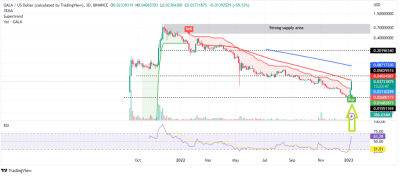How a software change let Sam Bankman-Fried's FTX use client funds
In 2020, FTX’s chief engineer made a secret change to the cryptocurrency exchange’s software. He tweaked the code to exempt Alameda Research, a hedge fund owned by Sam Bankman-Fried, from a feature on the trading platform that would have automatically sold off Alameda’s assets if it was losing borrowed money.
In a note explaining the change, the engineer, Nishad Singh, emphasised that FTX should never sell Alameda’s positions. “Be extra careful not to liquidate”, Singh wrote in the comment in the platform’s code, which it showed he helped author.
The exemption allowed Alameda to keep borrowing funds from FTX irrespective of the value of the collateral securing those loans. That tweak in the code got the attention of the US Securities and Exchange Commission (SEC), and charged Bankman-Fried with fraud.
The SEC said the tweak meant Alameda had virtually unlimited line of credit. Furthermore, the billions of dollars that FTX secretly lent to Alameda over the next two years didn’t come from its own reserves, but rather were other FTX customers’ deposits.
The regulator, which called the exchange a house of cards, alleged Bankman-Fried concealed that FTX diverted customer funds to Alameda in to make undisclosed venture investments, luxury real estate purchases, and political donations. US prosecutors and the Commodity Futures Trading Commission also filed separate criminal and civil charges.
The auto-liquidation exemption written into FTX code allowed Alameda to continually increase its line of credit until it grew to tens of billions of dollars and effectively became limitless, the SEC complaint said. It was one of two ways that Bankman-Fried diverted customer funds to Alameda.
The other was a mechanism whereby FTX
Read more on business-standard.com

















